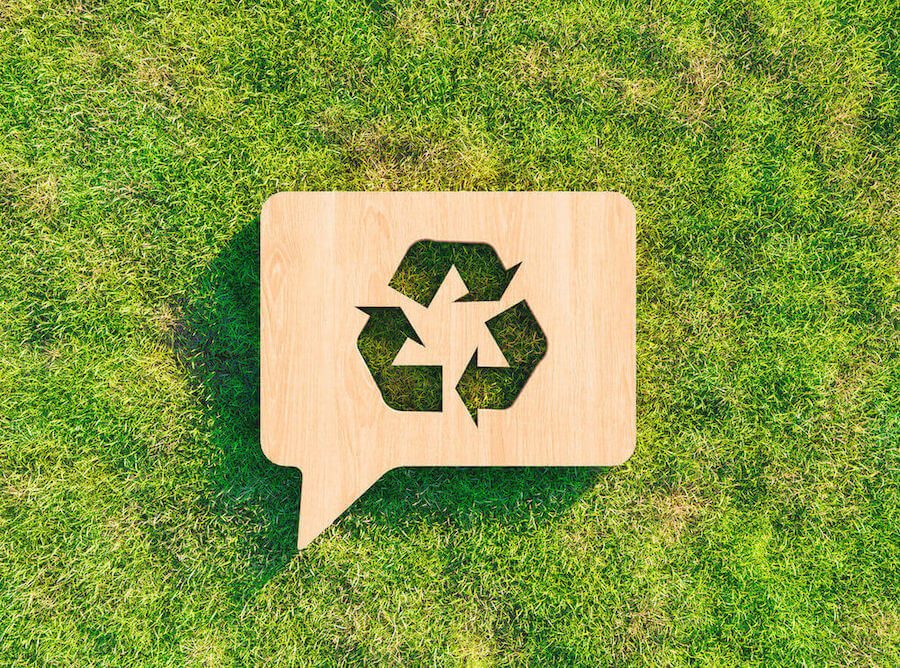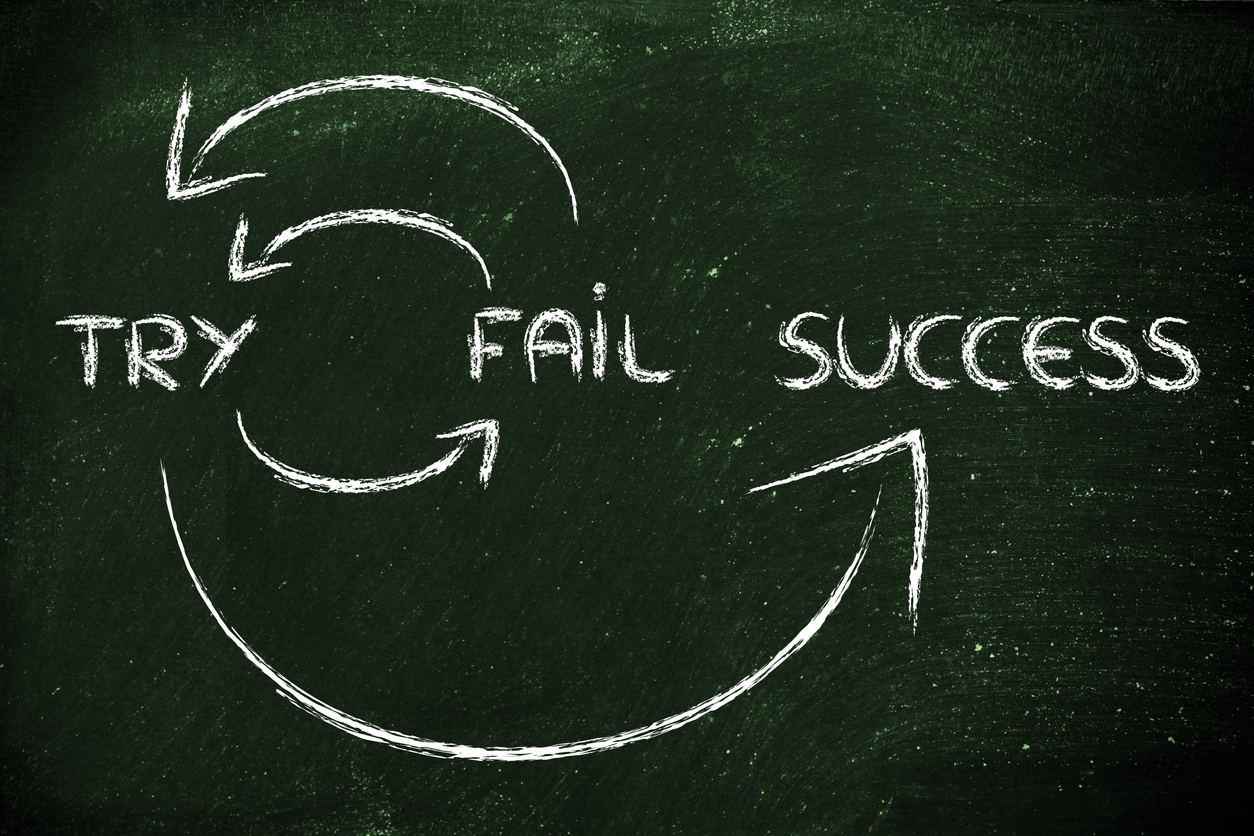What is sustainability? Definition, types and examples
Did you know that a million plastic bottles are thrown away every minute? In other words, 5 million single-use plastic bottles are discarded every year. That's according to data from the United Nations, which indicate that if the current situation continues, by the year 2050 the oceans will be home to more plastic than fish.
With this in mind, and if we want to meet the needs of the current world population and guarantee those of future generations, it's vital to promote sustainability. In this article we'll be explaining what sustainability is and what types there are, as well as providing a few examples of companies and cities that are committed to and are fighting for a sustainable future.
What is sustainability?
Sustainability consists of fulfilling the needs of current generations without compromising the needs of future generations, while ensuring a balance between economic growth, environmental care and social well-being.
As we saw above, plastics pose a grave problem for the oceans and, according to the United Nations data, over 3 million people depend on the seas for their subsistence. Thus, the current situation needs to change if we want to meet Goal No. 14 of the Sustainable Development Goals (SDGs): "Conserve and sustainably use the oceans, seas and marine resources for sustainable development".

What types of sustainability are there?
As outlined in the report by the Intergovernmental Panel on Climate Change (IPCC), even if greenhouse gases are radically reduced right now, average global warming will most likely exceed 1.5°C in the near future. Such a temperature increase can have disastrous consequences, like the melting of glaciers, the disappearance of animal and plant species, forest fires and droughts, among others.
Hence both people and businesses play a fundamental role in fighting climate change and driving measures that support sustainability. However, sustainability doesn't just refer to the environment, it needs to be implemented in many other ways too. In this sense, it is important to note there are various forms of sustainability.
Environmental sustainability
Environmental sustainability focuses on the conservation of biodiversity without foregoing economic and social progress. The foundations of environmental sustainability are: safeguarding water, saving energy, reducing waste, using recyclable packaging, limiting or eliminating the use of plastics, using sustainable transport, reusing paper and protecting flora and fauna.
A great example of environmental sustainability is the Swedish city of Stockholm, which is noted for investing in sustainable infrastructure, its low emissions and for having excellent air quality, with pollution levels well below average. The city has thus achieved a balance between economic development and environmental protection.
Another example is the Bimbo Group, which aims to reduce its environmental impact through regenerative agriculture with zero carbon emissions, the use of renewable energies and the reduction of waste.
Economic sustainability
When a company is set up, a structure is created that involves expenses and revenues. Once a balance is struck between both factors, the company earns profit. Economic sustainability refers to the organisation's ability to manage its resources and responsibly generate profits in the long term.
An example of this type of sustainability is the company Unilever, which in the year 2010 rolled out a strategy to achieve a balance between sustainability and the company's economic performance. To do so, it implemented several measures, such as: increasing package recycling, promoting the use of recycled materials and responsible consumption awareness campaigns.
Likewise, we can also look to the case of the Suez company, which in its Sustainable Development Report 2020 reveals that it has reduced its emissions related to electricity consumption by 95%, by purchasing and generating renewable energy; that it has implemented energy efficiency measures and that, additionally, in terms of the conservation of natural habitats, some 81.5% of its facilities are free from pesticides and crop protection chemicals.
Social sustainability
In any community in which economic activities are carried out in a specific environment, we find three interconnected forms of sustainability: environmental, economic and social. However, social sustainability in particular has the goal of strengthening the cohesion and stability of specific social groups.
The company CEMEX, for example, is working to contribute to the social development of communities. Thus, the company offers decent housing - through self-building programmes and loans with favourable access conditions - to those most in need.
The Gigante Group is another example, since, via the Gigante Foundation, it contributes funds and resources to a range of social causes, such as school materials for collaborators, and grants to improve visual health.

Sustainable Development Goals and the 2030 Agenda
To gain an in-depth understanding of sustainability and its implications, it is essential to mention the Sustainable Development Goals and the 2030 Agenda. The 2030 Agenda is the successor to the Millennium Development Goals and is structured through the so-called Sustainable Development Goals (SDGs), of which there are a total of 17 goals.
Accordingly, the United Nations (UN) publishes an annual report analysing how each goal is progressing. Below is a brief outline of current fulfilment of the SDGs based on the 2021 report:
- Ending poverty. This goal has been impacted by the Covid-19 pandemic, since it has been calculated that in 2020, some 119 - 124 million people fell into extreme poverty.
- Ending hunger. The pandemic has also affected this goal, given that 70-161 million people around the world went hungry as a result of the health crisis.
- Ensuring good health and fostering the well-being of all age groups. After a decade of advances in this field, the pandemic has resulted in a shortening of life expectancy. Additionally, it is difficult to measure the real impact of the pandemic due to a lack of data.
- Ensuring inclusive and equitable quality education. Although the completion rates for primary and secondary education have increased, in many countries, there is a lack of basic school infrastructure in terms of drinking water and electricity.
- Achieving gender equality and empowering all women and children. In this area, more needs to be done, since women make up just 25.6% of national parliaments, 36.3% of local governments and 28.2% of managerial positions.
- Ensuring the availability and sustainable management of water and sanitation for all. According to UN data, 129 countries are not on track to achieve sustainable water resources by 2030.
- Ensuring access to affordable, reliable, clean and modern energy for all. In the world there are still some 759 million people without access to electricity.
- Promoting sustained, inclusive and sustainable economic growth. Although the economic recovery is underway, the pandemic has meant a loss equivalent to 255 million full-time jobs.
- Building resilient infrastructure, promoting inclusive and sustainable industrialisation and fostering innovation. Global manufacturing production fell in 2020 but, at the end of the same year, the production of medium and high-tech goods boosted the economic recovery.
- Reducing inequality within and among countries. To achieve this objective by 2030 further development is required because the pandemic is expected to affect the progress achieved so far in terms of reducing inequality.
- Making cities and human settlements inclusive, safe, resilient and sustainable. UN data reveals than 156 countries have already developed national urban policies, but only half have been implemented.
- Ensuring sustainable consumption and production patterns. Just as we noted at the start of the article, there is still widespread consumption of plastic. In 2020, however, a total of 700 policies and implementation activities were reported under the framework of programmes on sustainable consumption and production.
- Taking urgent action to combat climate change and its impacts. Many countries and companies are making a major effort to reduce greenhouse gas emissions, but more actions need to be taken to curb climate change.
- Conserving and sustainably using the oceans, seas and marine resources for sustainable development. Without doubt, as shown by the data cited in the introduction, the sustainability of our oceans is threatened above all by plastic pollution.
- Protecting, restoring and promoting the sustainable use of terrestrial ecosystems. Progress to protect key areas of biodiversity has stalled over the past 5 years and there are ever more endangered species.
- Promoting peaceful and inclusive societies for sustainable development. The pandemic has intensified children's risk of exploitation for child labour, and only 82 countries have independent national human rights institutions that meet international standards.
- Strengthening the means of implementation and revitalising the global partnership for sustainable development Some 63% of low and lower-middle income countries need additional funding to cope with the pandemic.
As you can see, the UN report highlights the need to make major progress if we want to achieve the Sustainable Development Goals by 2030. In this respect, and from an individual perspective, everyone has the responsibility to act and educate themselves to ensure sustainable development.
As part of its commitment to education and continuous training as one of the best ways to accelerate the transition process towards a green economy, and to help people progress, overcome the challenges posed by the fourth industrial revolution and grow inclusively and sustainably, Banco Santander is committed to three key concepts: lifelong learning, reskilling and upskilling. To support this commitment, it has created the Santander Open Academy website, a unique and pioneering global programme.
Do you want to develop professional skills that will help you access better job opportunities? Discover Santander Open Academy, the training space you need to keep growing.
Join our global platform for learning and professional development and access courses at zero cost, training content in a wide range of formats and scholarships from leading universities and institutions.
If, like us, you believe that we should never stop learning, sign up here and find out what we have for you!
More interesting posts to read...
-
 12/04/2024 | Santander Universidades
12/04/2024 | Santander UniversidadesGrowth mindset: examples in the workplace to develop the right attitude toward challenges
Card text -
 01/03/2024 | Santander Universidades
01/03/2024 | Santander UniversidadesThe sandwich technique: how to deliver criticism in an assertive way
Card text

